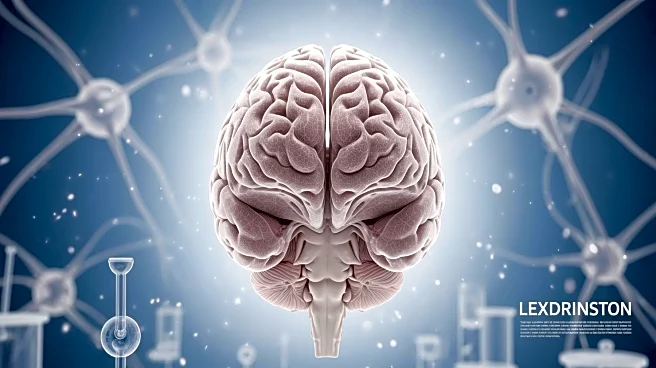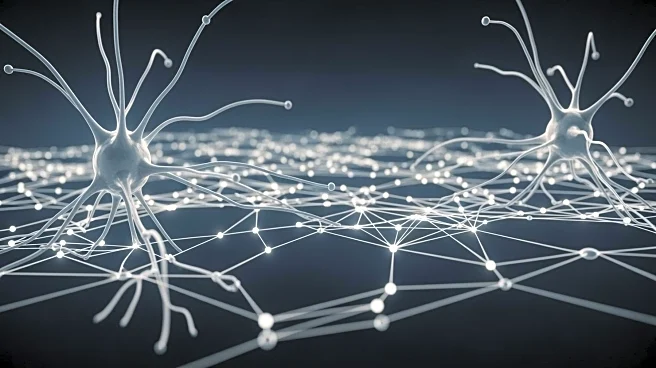What's Happening?
Researchers at Duke-NUS Medical School have created a comprehensive single-cell atlas of the developing human brain, known as BrainSTEM, to enhance the study of Parkinson's disease and other neurological
disorders. The study, published in Science Advances, introduces a two-tier mapping framework that evaluates the fidelity of lab-grown neurons to actual midbrain development. The atlas analyzes nearly 680,000 cells from fetal brain tissue, providing a reference for producing high-yield midbrain dopaminergic neurons, which are crucial for Parkinson's research. This development aims to improve cell therapy efficacy and minimize side effects, offering alternative therapies for Parkinson's patients.
Why It's Important?
The BrainSTEM atlas represents a significant advancement in neurological research, particularly for Parkinson's disease, which affects millions worldwide. By providing a detailed cellular map, researchers can better understand the development of dopaminergic neurons, potentially leading to more effective treatments. This tool also aids in refining cell therapy protocols, which could reduce side effects and improve patient outcomes. The atlas's application extends beyond Parkinson's, offering insights into other neurodegenerative diseases, thus broadening its impact on public health and medical research.
What's Next?
The researchers plan to make the BrainSTEM atlas and its mapping tools publicly available, allowing other laboratories to utilize them for protocol evaluation and further study. This open access could accelerate research in Parkinson's and other neurological conditions, fostering collaboration and innovation in the field. As the atlas is applied to various studies, it may lead to breakthroughs in understanding and treating neurodegenerative diseases, potentially transforming patient care and therapeutic approaches.
Beyond the Headlines
The BrainSTEM atlas not only advances scientific understanding but also highlights the importance of precision in medical research. By distinguishing subtle off-target cell populations, the atlas provides a foundation for AI-driven models that could revolutionize patient grouping and targeted therapy design. This approach underscores the ethical responsibility of researchers to ensure accuracy and efficacy in developing treatments, ultimately contributing to more personalized and effective healthcare solutions.











